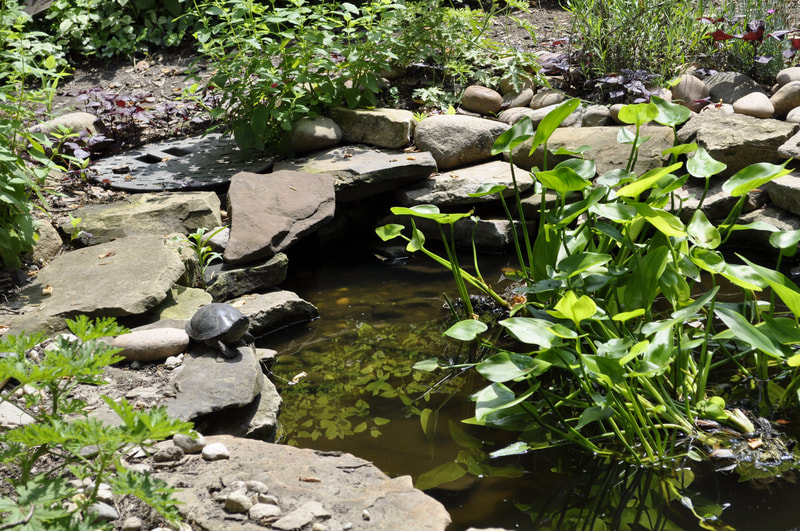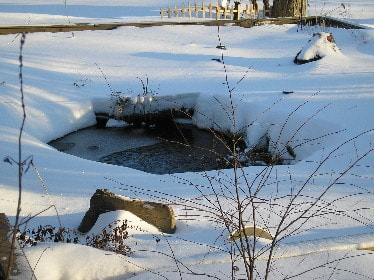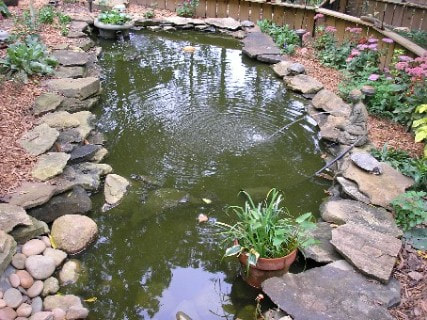Aquatic & Semi-Aquatic Turtles
Excluding Sea turtles, aquatic and semi-aquatic turtles show different preferences in habitat compared to land turtles. Semi aquatic turtles spend time on land and water. Some are sliders, painteds, and map turtles. Aquatic turtles prefer to spend most of their time in the water. Softshell, Snapping and Mata Mata turtles are in this group. They can be found in lakes, ponds, swamps, marshes, bogs, rivers and streams. Some prefer deep water, but most like shallow water and nearly all species
stay away from currents. Some live in brackish water and salt marshes. These turtles are reptiles, not fish, therefore they have lungs and not gills. The must have air to breath. While they can hold their breath for a very long period of time, they
must come to the water surface for oxygen. This also means that an aquatic turtle is capable of drowning. They eat worms,
bugs, fish and also vegetation.
stay away from currents. Some live in brackish water and salt marshes. These turtles are reptiles, not fish, therefore they have lungs and not gills. The must have air to breath. While they can hold their breath for a very long period of time, they
must come to the water surface for oxygen. This also means that an aquatic turtle is capable of drowning. They eat worms,
bugs, fish and also vegetation.
Our turtle ponds are different depths Some stay in the pond year round. This pond is in the shape of Indiana!
depending on the species.
depending on the species.



